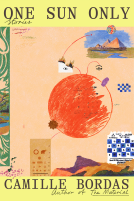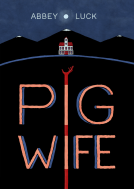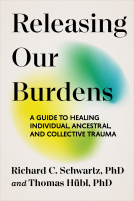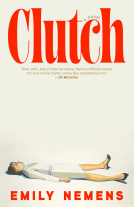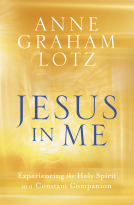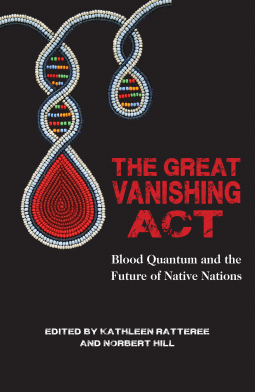
The Great Vanishing Act
Blood Quantum and the Future of Native Nations
by Norbert S. Hill, Jr.; Kathleen Ratteree
This title was previously available on NetGalley and is now archived.
Send NetGalley books directly to your Kindle or Kindle app
1
To read on a Kindle or Kindle app, please add kindle@netgalley.com as an approved email address to receive files in your Amazon account. Click here for step-by-step instructions.
2
Also find your Kindle email address within your Amazon account, and enter it here.
Pub Date Aug 21 2017 | Archive Date Nov 05 2020
Talking about this book? Use #BloodQuantum #NetGalley. More hashtag tips!
Description
Available Editions
| EDITION | Other Format |
| ISBN | 9781682750650 |
| PRICE | $21.95 (USD) |
| PAGES | 350 |
Links
Average rating from 12 members
Featured Reviews
I would like to thank Netgalley and Fulcrum Publishing for allowing me to access a digital copy of this book to review. It took me a long time to work through this book, because identity issues are something that personally impact me. This is a collection (made up mostly of essays) related to the concept and practice of using blood quantum to define who we are as tribal citizens.
These essays discuss how the things that make up tribal nations aren't measurements of blood, but encompass a variety of other factors. Even though a lot of the time I struggle with not feeling "native enough", reading through these essays reinforced that my ancestors would be proud of me. Our culture isn't tied to blood quantum. It's tied to our languages, our creation stories, our shared histories, and our shared resilience.
I would highly recommend this book to anyone.
Blood Quantum and Native identity is something that a lot of people outside of Native issues know very little about. The concept is interesting and how it affects native peoples is complex and multilayered - imagine needing to be concerned with the percentage of your potential romantic partner's genetic ties to your tribe and how it would affect your children's ability to be accepted into the tribe? Of course, as an outsider, it's easy to say whether you find that concern hard to swallow (I mean, isn't "love is love" our mantra these days?), but the realities of the disappearing native peoples throughout the world make this consideration a practical one.
This anthology of different writings from native peoples throughout the world helps to illustrate different perspectives about the identity issues facing these communities. There are views that span the whole spectrum, from those who are passionate about keeping their bloodline (but also frustrated as the bloodline gets smaller and smaller and the threat of inbreeding becomes larger and larger) to those who reject the idea of it, and everything in between.
This would be an excellent read for a college course but also for anyone curious about identity, identity politics, and/or Native issues. I highly recommend this book.
Readers who liked this book also liked:
Mariam Naiem
Comics, Graphic Novels, Manga, History, Politics & Current Affairs
Koza Belleli, Translated in English: Dorine Heller
Multicultural Interest, Sci Fi & Fantasy
We Are Bookish
General Fiction (Adult), Literary Fiction, Women's Fiction
Thomas Hübl; Richard Schwartz, PhD
Health, Mind & Body, Religion & Spirituality, Self-Help


